Young wildlife photographers talk about their passion on World Wildlife Day
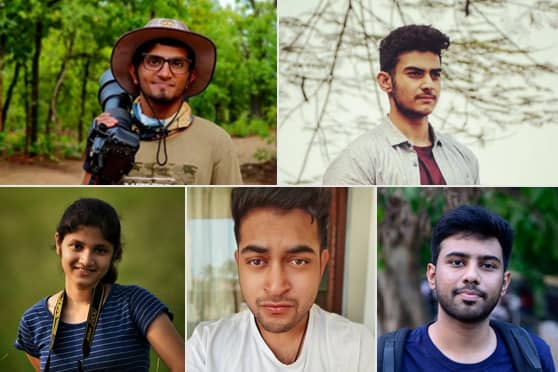

Wildlife photography requires determination, patience, alertness, and knowledge of the environment and animal behaviour, agreed young wildlife photographers Edugraph spoke to.
On World Wildlife Day, students talk about their passion for wildlife photography, how documentation of animal life in natural habitat comes with its own challenges, and why capturing the decisive moment always makes it worth the wait.
My key inspiration for choosing this field was ace wildlife photographer Varun Aditya. I started my photography journey from Class X on a Sunderbans trip with my brother. It was January 2, 2017, when I saw the yellow and black stripes the first time! I still remember completely missing my first tiger shot.
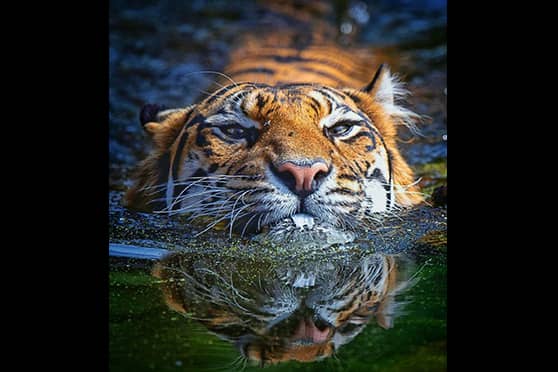
I have done more than seven assignments across the central and northern parts of India. My favourite location till now is Manas National Park, Bhutan. It felt like home to me. In wildlife photography, you must resist the temptation to keep your distance. But do it with caution. After all, animals are skittish, and lenses are only so long. Get close and make sure those wild animals fill the frame. My favourite wildlife photographer is Dhritiman Mukherjee. He is among the greatest wildlife experts in the world and his compositions are unparalleled.
I would love to pursue wildlife photography professionally. The extinction of wildlife species could leave a devastating impact on humans as well. Hence, it is our responsibility to save the wildlife, our planet and ourselves.
— Ayushmaan Chaudhuri, third year, Media Science, NSHM Knowledge Campus, Kolkata
I started wildlife photography in 2018. Since the beginning, I have always looked up to my brother-in-law Abhishek Das. I went birdwatching in the Baruipur wetlands in 2019. Photographing wildlife made me realise that it needed a lot of patience and dedication. Over the years, it has become a form of meditation for me. I specialise in bird photography. The local areas where you can bird-watch have been a frequent destination for me. Last year, I went to the Sunderbans, Kuldiha Forest and Sandakphu.
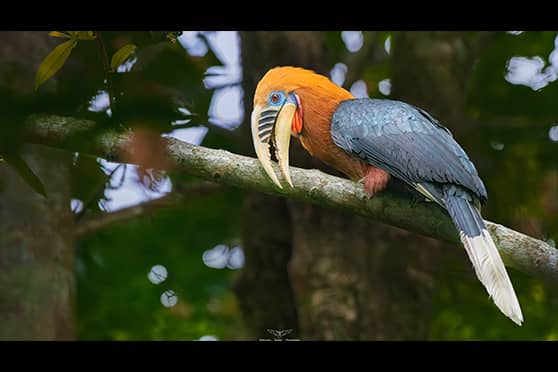
Those planning wildlife trips should always think about the cleanliness of that place and consider the manmade impact on endangered species and the local habitat. The more people adhere to this simple rule, the better it is for the ecosystem.
My favourite wildlife photographer is Dhritiman Mukherjee. I admire him for raising awareness on conservation. Every one of us can contribute to wildlife conservation. Wildlife photography always makes me happy as long as I get to practice it and learn about different animal species.
— Bibaswan Sarkar, third year, Media Science, NSHM Knowledge Campus, Kolkata
I was in Class VII when my interest in wildlife photography grew. My father was my biggest inspiration. I have been travelling to several national parks and wildlife sanctuaries like Debrigarh Wildlife Sanctuary, Odisha; Jim Corbett National Park, Uttarakhand; Tadoba-Andhari National Park, Maharashtra; Nagzira wildlife sanctuary, Maharashtra; and Jaldapara National Park, Alipurduar from a very early age. I captured barking deer, sambar deer, wild boar, wild dog and peacock at Nagzira in Class IX. I specialise in bird photography. I like taking pictures of mammals as well. My most memorable trip was to Pench National Park, Madhya Pradesh, in 2018. That’s when I spotted a leopard for the first time.
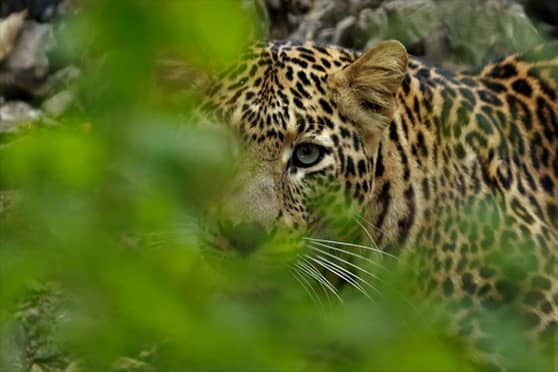
Patience and framing are two of the most important requirements of wildlife photography. Countless wildlife species are becoming rare or rather extinct. Both the government and the people have a responsibility towards taking care of fauna. Measures should be taken to protect this integral part of the ecosystem.
— Debosmita Mondal, first year, Journalism and Mass Communication, Amity University, Kolkata
I have been into wildlife photography since 2012. Wildlife photography has always been fascinating for me. I learnt how to capture wildlife from my father, who is also a wildlife photographer. I had been on many wildlife trips, but in 2016, Jim Corbett National Park was the first one where I got to photograph animals properly. It was the first time I saw a tiger from up close.
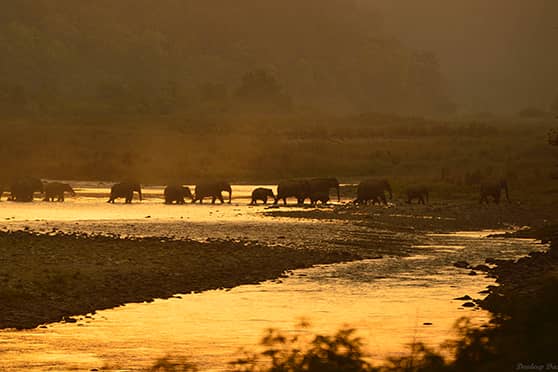
To me wildlife photography is more than just documentation. I think about how a particular frame expresses the mood before I press the shutter. My favourite wildlife photographer is Shaaz Jung because of the colours and tones that he brings to the editing table. Too much human influence can pose a threat to the way animals interact with their surroundings. Crowd control and preventing plastic pollution are two effective ways the ecosystem can be protected.
— Devdeep Dass, third year, Journalism and Mass Communication, Amity University, Kolkata
I've been photographing wildlife since 2016. I got my first DSLR as my 15th birthday gift. I used to get some good shots using my father’s old phone, so he decided to get me a proper camera.
I was inspired by National Geographic and its photography department. Instagram has shown me how one could achieve ground-breaking shots of certain animals. From their million-dollar expressions to unfamiliar movements, everything can be captured within one frame and for eternity. That’s when I realised my love for wildlife.
My first wildlife photography session was in 2020 when I visited Jim Corbett, Uttarakhand. I captured some decent photographs of the wild animals.

I went on a wildlife expedition to Dhikala, Jim Corbett, in February. The dense forest dotted with grasslands gave me ample opportunity. It is away from all the city buzz with minimal to no connectivity to the outside world at all. Upon reaching Dhikala, we saw most of it was underwater because of heavy rainfall, and a guide told us that there haven’t been tiger sightings for almost a week. We were dejected but we didn’t lose hope. There were still various other mammals and birds to photograph. Believe it or not, after the first day, we spotted tigers every day of our stay.
— Anuroop Nandi, third year, Mass Communication and Videography, St. Xavier’s College, Kolkata